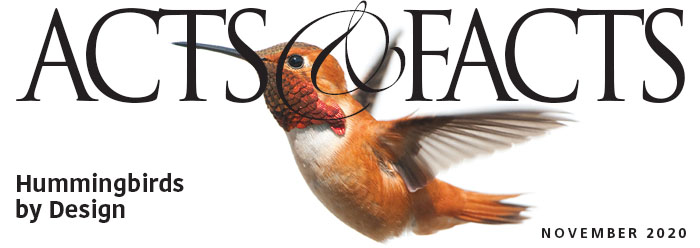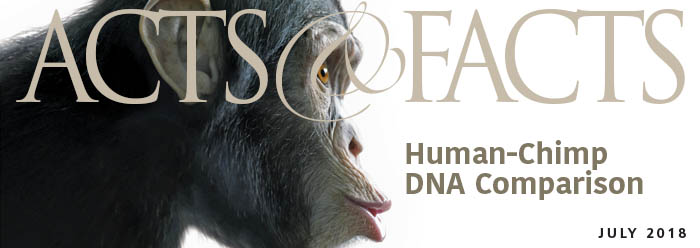Since the first entirely synthetic plastic was made in 1907,1 the plastic industry has grown exponentially. While it is difficult to estimate exactly how much plastic has been produced in the last century, it is well over nine billion tons.2 Although plastic is an invaluable material and has become an essential part of modern day life—in medicine, manufacturing, travel, and more—it does present a problem for humanity. Due to its composition, plastic can take quite some time to break down, and as manufacturers find new ways to strengthen and manipulate it, new estimates state that decomposition rates could be in the hundreds of years. A portion of this waste plastic finds itself in landfills, but approximately 8 million tons of plastic finds its way into the oceans each year, harming local ecosystems.3
Is there an answer to this issue? Is there a way to halt the damage plastic pollution is causing to our planet that doesn’t involve reshaping the industrialized world? Although it may be too early to know just yet, scientists may have found the solution.
In April of 2017, a team of scientists recorded the results of an experiment involving waxworms, the caterpillar larvae of the wax moth. The waxworm is typically considered a pest, particularly by beekeepers. Although the caterpillar will eat the cocoons, pollen, and shed skin of bees, it causes the most damage when it chews through the honeycomb structure of the beehive itself.4 The results of the experiment showed that after approximately 12 hours, 100 waxworms consumed 92 milligrams from a standard polyethylene shopping bag.5 This is a very small amount of plastic that will by no means make a dent in the tons of plastic waste that is produced globally, but it is a promising development. Christopher Lemoine of Brandon University in Manitoba states, “The waxworm and its gut bacteria must break down these long chains (in honeycomb), and presumably, because plastics are similar in structure, they can also co-opt this machinery to use polyethylene plastics as a nutrient source.”6
An army of plastic eating caterpillars is currently not a viable solution to the plastic pollution problem, but even more recently, scientists have discovered something that seems to be more practical for widespread use. A new strain of Pseudomonas bacteria, a family of bacteria well known for its survivability in harsh climates, was discovered at a waste site. The bacterium is the first known by scientists to attack polyurethane, and even uses it as fuel to continue feasting. Bacteria are a more practical option than caterpillars, but current estimates show that it would be at least a decade before this newfound bacterium could be harnessed for general use.7,8
Overall, there are over 50 known varieties of plastivores, or “plastic-eating organisms,” that could be further researched to deal with the plastic problem.6 Discovering more of God’s creativity and masterful design is part of the dominion mandate given to Adam and Even in Genesis.9 Whether the reason for discovery is to deal with manmade pollution, or just to learn more about the magnificent world the Creator has made, the glory is His alone!
References
1. History of Plastics. Posted on plasticsindustry.com, accessed March 30, 2020.
2. Humans Have Produced Nine Billions Tons of Plastic and Counting. Smithsonian Magazine Smart News. Posted on smithsonianmagazine.com July 20, 2017, accessed March 30, 2020.
3. Parker, L. The world’s plastic pollution crisis explained. National Geographic. Posted on nationalgeographic.com, accessed March 30, 2020.
4. Wax Moth—A Pest of Combs and Honey Bee Products. Agriculture Victoria. Posted on agriculture.vic.gov.au, accessed March 30, 2020.
5. Choi, C. Plastic Bags Are a Feast for This Caterpillar. Discover Magazine. Posted on discovermagazine.com April 24, 2017, accessed March 30, 2020.
6. Betz, E. Scientists Found a Caterpillar That Eats Plastic. Could It Help Solve our Plastic Crisis? Discover Magazine. Posted on discovermagazine.com March 4, 2020, accessed March 30, 2020.
7. Carrington, D. Scientists find bug that feasts on toxic plastic. The Guardian. Posted on theguardian.com March 27, 2020, accessed March 30, 2020.
8. Espinosa, M., et al. 2020. Toward Biorecycling: Isolation of a Soil Bacterium That Grows on a Polyurethane Oligomer and Monomer. Frontiers in Microbiology.
9. Genesis 1:28-29.
*Trey Bowling is Customer Service Manager for the Institute for Creation Research.
Are Plastivores the Best Solution to Our Plastic Problem?
The Latest
A Uniquely Designed Air-Filled Sac Within Birds’ Lungs
Soaring birds are a majestic sight to behold, especially when they undergo such climbing and endless spiraling so effortlessly. Not surprisingly, evolutionists...
Liberty and the Word of God
“And I will walk at liberty: for I seek thy precepts” (Psalm 119:45).
July 4th is called Independence Day here in our country because on...
July 2025 ICR Wallpaper
"These things I have spoken to you, that in Me you may have peace. In the world you will have tribulation; but be of good cheer, I have overcome...
Valued Longtime ICR Employee Mary Smith Retires
Mary Morris Smith, an employee of the Institute for Creation Research for many years, has retired. The second daughter of ICR founder Dr. Henry M. Morris...
Man of Science, Man of God: George Washington Carver
Who: George Washington Carver
What: Father of Modern Agriculture
When: 1864 or 1865 – January 5, 1943
Where: Diamond Grove,...
The Scopes Monkey Trial: A Battle of Worldviews
Rhea County Courthouse in Dayton, Tennessee, and its statue of William Jennings Bryan
Image credit: M. Mueller
The Scopes Monkey...
Long Non-Coding RNAs: The Unsung Heroes of the Genome
Evolutionary theory holds that all living things came about through random, natural processes. So conventional scientists believe the genome has developed...
Yosemite National Park, Part 1: Tiny Clues of a Grand Picture
Yosemite National Park in California is a sure source of stunning scenery. It’s no wonder that American naturalist John Muir persuaded President...
From Inference to Theory: A Common Design Case Study
Without a doubt, humans, chimpanzees, and other organisms share similar features. An early explanation was that these features reflect similar designs...
Creation Kids: T. rex
by Michael Stamp and Susan Windsor*
You're never too young to be a creation scientist and explore our Creator's world. Kids, discover...















